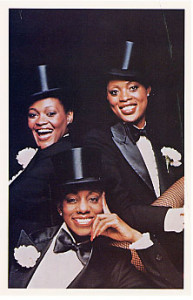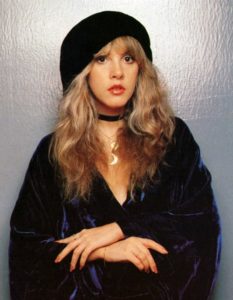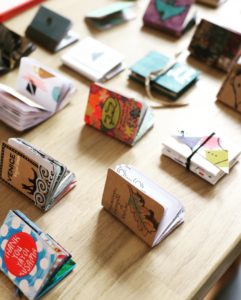
1978, Hodges, Jones & Smith by Richard Armas
Through an introduction by a close UCSD friend, I became part of the Richard Arma’s photography studio clique in San Diego (1973-ish). Ricky (to everyone) was a very methodical photographer who had at one time been the booking clerk and composite photographer at the San Diego Police Department. Although never revealed formally, connecting the dots that his father (the Sheriff of Downey) had facilitated such an interesting civil servant job for his son, was obvious to us. The fact that Ricky was somewhat secretly gay at the Police Department, gave him an interesting insight to the cruelty police perpetrated towards the LGBTQ community. He related these work stories with a matter-of-fact attitude, a loud scripted HA HAAAAAA somewhere in between, followed by a head nod of pity.
Even though he did not look obviously gay or Mexican, he lived an open life with a nonchalant air of always being on the right side of the law. Speaking middle class Downey, California English, Ricky related culturally as an American, however, he was drawn to all things Mexican, which could be noted in the make-up of most of his friends, his lover and his diet.
For several years I observed his business mode and photo shoots, even helped as a hostess when the client didn’t require privacy. We had many ‘shop talks’ because I was interested in art and because he had so much to share. I consider my time spent with Richard as an apprenticeship –he (and his business partner Gilbert Torres) taught me so much about photography, professional studio management and creative concept development–not to mention the most important thing ‘daring to dream.’
Upon making the big move to Los Angeles, because ‘its where the industry and opportunities are!’, Ricky converted a large commercial space on Hudson and Santa Monica Blvd into his living and work studio. I followed my pied piper friend to LA too. His space was the first loft style living situation I had seen in person. He worked weeks on sanding the floors, creating separate living/work spaces, a kitchenette and a full bathroom out of an old storage warehouse with a freight elevator. Now his old loft lies in small theater district, a colander for the Hollywood overflow. Here is where Ricky created his full time photo studio, along with many LGBTQ entrepreneurs –a sort of Castro Street in Los Angeles, that morphed into West Hollywood, then into WeHo (pun intended).
One thing that tied us as friends was our love of Rhythm and Blues (R&B) music. Living in LA gives the unique opportunity of attending music showcases in bars, little theaters and public places where musicians are on a descend or ascend. Totally star-struck, Ricky loved to pass his business card onto R&B musicians after a set, beckoning them to sit for a photo in his studio. His love of this music and these artists reflected in the work he produced in those years. Pulling out all his skills and associates to recreate a poorly represented climbing/falling idol for a few pennies, seemed to bring him so much joy.
His “for profit” work consisted mainly of studio fashion product shots, that used models, hair stylists and make-up artists.
As I mentioned before, from these years of close friendship with Richard, I learned the process of starting a professional photography studio, marketing, networking–which enhanced my knowledge of the other side of photography and filmwork as a job. Eventually, I lost interest in commercial art and sought artistic camaraderie in East Los Angeles. I hungered for art work that had political substance, that spoke to my culture and was spiritual. In retrospect, I know that I was also affected (at that time) by the overwhelming number of deaths from AIDS in my circle of friends and my inability to cope with such helplessness. When I left the Richard Armas circle (early 1980s), I never saw him again.

1978, Stevie Nicks by Richard Armas

Ricky Armas’ selfie
Gilberto Torres from Tijuana lived with Ricky for more than 37 years as his life partner and business representative. He made the move to Los Angeles and toiled along side with Ricky to make their business work. In the last 30 years together, Gilberto styled Julie Newmar, Carmen Electra, Madeline Stowe, Eric Estrada, Shannon Doherty, Matt Cedeo, Barbara Carrera, Laura Harring and Constance Marie for photographs and magazine covers that were used in Play Girl, Vogue (Mexico), Women’s Wear Daily, Passion Magazine and the Advocate. Gilberto is to this day an HIV community activist in San Diego and Palm Springs. Ricky (Richard) Armas died in April 24, 2009. He was 58.
Recently, more of his work is beginning to appear on-line. So nice to see and remember how influential he was to me and many entertainment industry people. Here is a great display and homage of his work for Playgirl Magazine.




